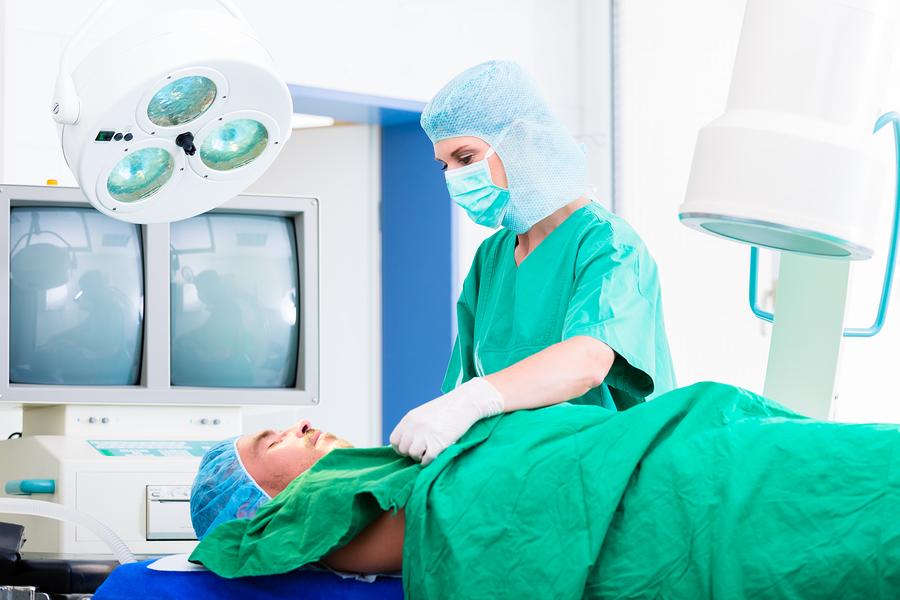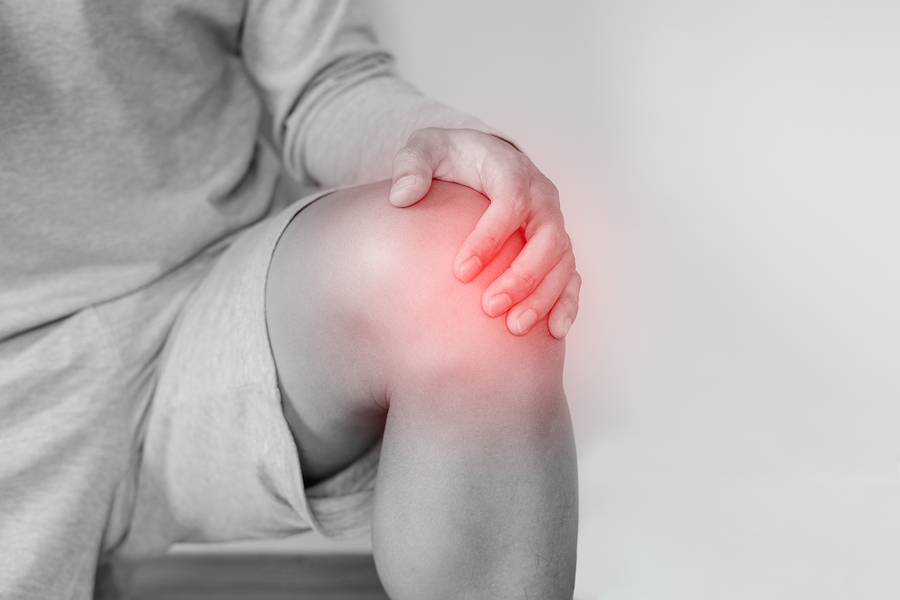There are many reasons why you might require the services of an orthopedic doctor or orthopedic surgeon. The practice itself is predominantly associated with the treatment and care of the musculoskeletal system. This system is made up the muscles, tendons, bones and joints within your body. Today we are going to take a closer look at these parts of the body and learn a little bit more about them!
The Muscles
There are more than 650 muscles in the human body, all of which work together to bring about movement. The muscles are the only tissues of the body that have the ability to contract and instigate movement from other parts of the body. The muscles also play a pivital role in the posture of the body and how the body is positioned.
Problems with the muscles can occur for any number of reasons, not least of all from injury and over-use. The function of your muscles is imperative for optimum mobility and even slight damage can cause severely problematic restrictions in your movement. This is why it is so important to protect yourself against muscle problems.
It is possible to protect and enhance the health of your muscles by exercising them regularly. Strength training can go a long way to keeping your muscles active and helping to build up your strength and muscular endurance. Click to learn more about how lifting weights can boost your fitness!
The Tendons
There are over 1,300 tendons in the body. They are the connective tissue that attaches muscle to bone, and is very firmly connected to both.
The tendons are similar to the muscles in that they are also an essential component for motion. They usually work well with the muscles to do this job, but a tear or inflammation to a tendon can have long-lasting problems.
If you injury a tendon then it may swell up and become quite painful. This is known as tendonitis and can take several weeks to improve and return to normal. In some instances of tendon pain or injury, more severe treatment options will be explored, such as surgery.
The Bones
There are 206 bones in the adult body, which make up the basic structural framework of the body itself. The bones also help to protect the internal organs from external damage. Essential nutrients, minerals, and lipids are stored within the bones, helping to nourish the body and to protect against infections.
When it comes to the bones, the most common problems concern infections of the bones, bone tumours, bone deformities, spinal deformities, fractures and even the need for amputation.
The Joints
There are six different types of joints in the body, and 360 individual joints. Some of these joints are moveable and some of them are not. It may surprise you to learn that the knee is the largest joint in the human body, consisting of three different parts.
Common joint complaints include tears to the ligaments, arthritis and dislocation, as well as swelling and pain in the joints. This swelling and pain can ocurr for several different reasons, and should always be brought to the attention of a healthcare professional.
Orthopedic Health Conditions
Certain conditions that fall into the orthopedic category will occur naturally over time due to the usual wear and tear that all of our bodies endure. However, more immediate problems might also arise due to unpredictable circumstances, such as an auto accident or a fall at work.
Whatever the reason that brings you into our care, the diagnosis procedure and following appropriate treatment will always be conducted at the same professional high standards.
There are a number of reasons why you might find yourself requiring the services of an orthopedic doctor. If you’re experiencing any of the following symptoms it might be time to consider accessing our orthopedic services.
- Persistent pain in your muscles, tendons or joints
- Joint pain that increases during rest periods
- Back pain
- Decreased range of motion
- Not being able to perform your usual daily tasks
- Injury due to sports
- Swelling, bruising, inflammation or heat around the area of pain
Orthopedic Diagnosis
The diagnosis of orthopedic conditions frequently involves imaging procedures such as an X-ray, an MRI, a bone scan or CT scan.
This can be done relatively soon after you feel like you have a problem and have sought treatment yourself, or if you have been sent for a check-up for any number of reasons.
Treatment Options
Once a successful diagnosis has been achieved, treatment options vary but will often involve some kind of surgery. With impressive developments in the field of orthopedic surgery over the last few decades, the majority of these surgeries are minimally invasive with promising recovery rates and times. Physical therapy is often required whether surgery is involved or not.
This physical therapy should be given your full dedication and commitment as it can make all the difference to whether you regain full function of the affected area!
Remember, nobody can completely predict when a problem like this might present itself to them, but everyone can have full control as to how they overcome the problem!
References
1) http://www.nlm.nih.gov/medlineplus/ency/article/007455.htm
Related Posts
Cigarettes May Inhibit Inflammation Treatments
Axial spondyloarthritis, also known as AxSpa, is a chronic…










